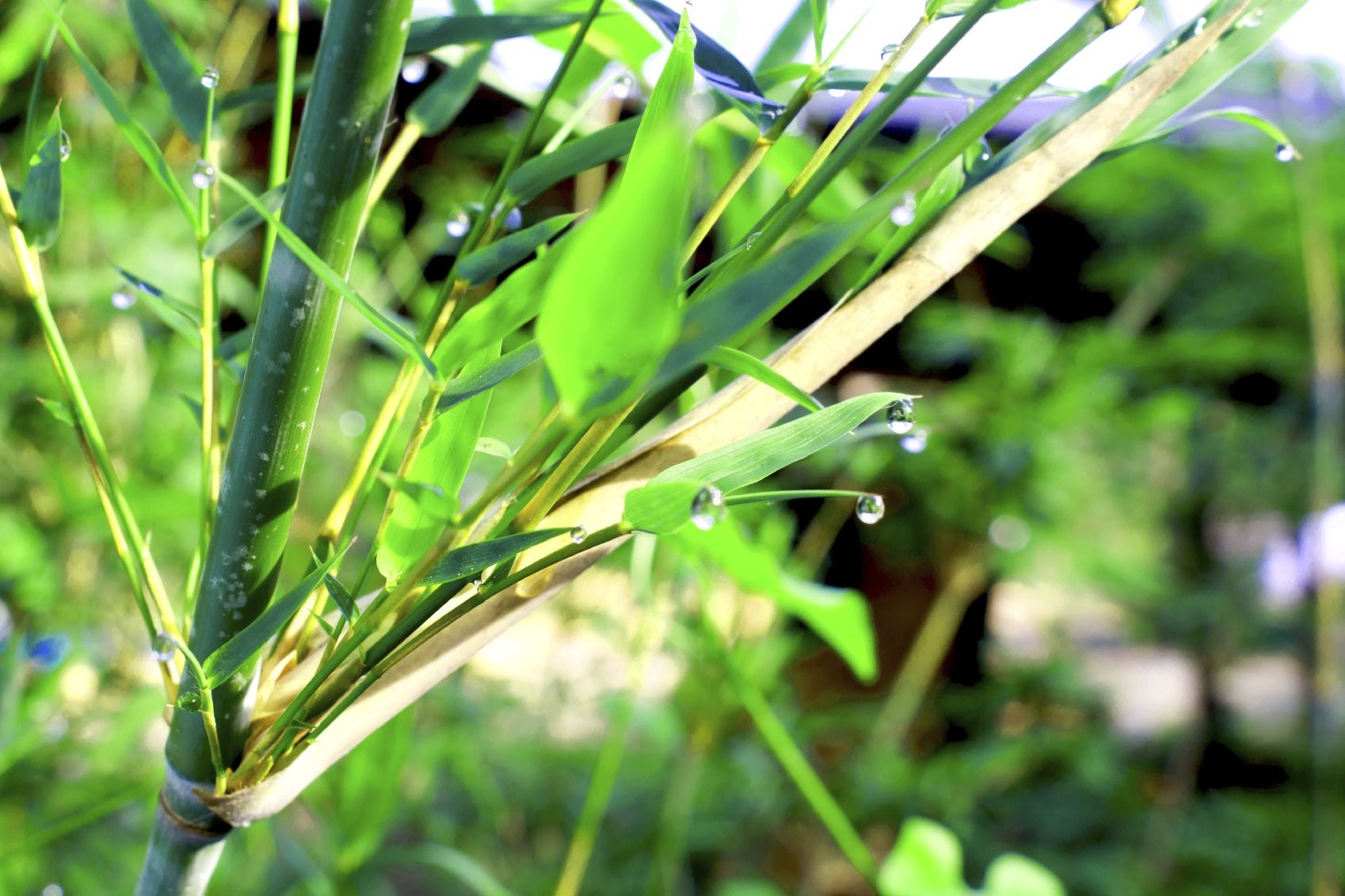Yellowing Bamboo Leaves: Help For Yellow Bamboo Leaves


There are over one thousand species of bamboo. Some are majestic giants soaring to over 100 feet (31 m.) in the air. Others are shrub-like, growing only 3 feet (1 m.) tall. Bamboo plants belong to the grass family. They are more closely related to turf grass than they are to a tree. Most bamboos hail from the tropics, but there are also many temperate bamboos. A few can even survive freezing mountain temperatures. While these plants are generally hardy, when bamboo leaves are yellow, this could signal an issue. Read on to learn more.
Yellowing Bamboo Leaves
Bamboo is a popular ornamental and edible plant. Many homeowners and gardeners plant bamboo because it can screen out unwanted views or create a private space. Bamboo is fast growing and spreads quickly. Like all ornamental plants, bamboo has certain requirements to stay healthy. True bamboo has hollow stems and bright green leaves. If your bamboo leaves are yellow, this could be a sign that your plant is failing.
How to Treat Yellow Bamboo Leaves
Bamboo is an evergreen plant. All evergreen plants lose their leaves, but they don’t lose them all at once like their deciduous friends. Some yellowing bamboo leaves and dropping bamboo leaves are normal processes throughout the year. There will be a bit more leaf loss in the spring. So if just a few of your bamboo stems and leaves are turning yellow, this is probably normal attrition. If large parts or all of your bamboo is turning yellow, however, then you most likely have a problem. Problematic yellowing bamboo leaves can be due to low soil nutrients, boggy soil or overwatering, lack of water, or stressful growing situations. If you want help for yellow bamboo leaves, check the soil regularly. Bamboo needs good drainage. If the soil is mucky and boggy, then you are overwatering or the bamboo is planted in the wrong spot. Reduce irrigation. If your soil is really dry, then you need to increase your irrigation run time and/or frequency. Bamboo likes a lot of water and is not a drought tolerant plant. Remember that bamboo plants spread wider and wider each year. You will need to adapt your irrigation set-up as the bamboo grows. Allow the bamboo leaf litter to stay on the ground rather than rake it up. This helps hold moisture in the soil. Bamboo plants like acidic, rich, loamy soil. Bamboo will benefit from regular, yearly applications of organic compost. Organic compost provides a variety of soil nutrients at a modest rate. It also helps hold soil nutrients for your bamboo plants to use and opens up heavy clay soil that doesn’t drain well. Stressful growing situations for your bamboo plants could mean the site is too windy, too hot, too dry, or too polluted. If you have one of these situations, you may need to mitigate it by growing a windbreak, adding more irrigation water, or reducing nearby applications of chemical pesticides, herbicides, or synthetic fertilizers. Growing bamboo is fun and easy. One of the most exciting aspects of growing bamboo is to witness how quickly it grows. If your bamboo stems and leaves are turning yellow, try some of these suggestions to get your bamboo back on track.
Sign up for the Gardening Know How newsletter today and receive a free copy of our e-book "How to Grow Delicious Tomatoes".

Karen Boness is the founder of Wild Willow Design, an Australia-based company that specializes in ecological landscape design.